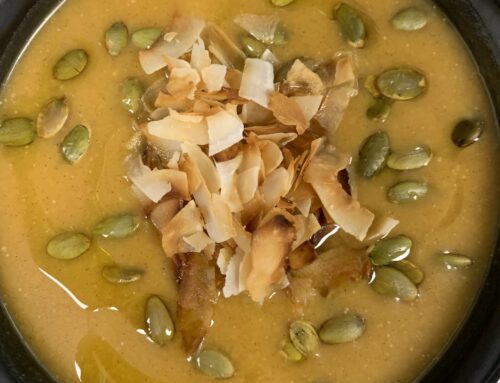Article by: Chef Joshua Houghton
Contributing Writer
Crawfish Etouffee, a cherished Southern dish, boasts a rich history rooted in Louisiana’s
culinary tapestry.. The term “etouffee” itself, French for “smothered” or “suffocated,” aptly
describes the cooking technique of simmering crawfish in a flavorful roux-based sauce. The dish
evolved over time, becoming a staple in Louisiana kitchens and a symbol of cultural identity.
Traditionally prepared during crawfish season, which typically runs from March to June,
Crawfish Etouffee has become a beloved comfort food, enjoyed at family gatherings, festivals,
and celebrations across the region
This month’s featured article holds a special place in my heart – a timeless southern recipe that
I’ve had the joy of savoring on numerous occasions. Despite my upbringing in Massachusetts, I
developed an early appreciation for crawfish, a dish my dad cherished for special moments.
This recipe brings a delightful connection to the readers in the South Carolina region. Moreover,
I’ve shared this culinary delight in my part of Massachusetts, preparing it for many locals. I invite
you to relish this dish in the cozy confines of your home and share its unique charm with those
dear to you.
Equipment:
-Medium sized stock pot with thick bottom, or dutch oven.
-Medium sized heavy wire whisk
-heat proof rubber spatula or wooden spoon
-Measuring cups,
-Measuring spoons
-Chef knife or knife of choice for chopping
-Cutting Board
Ingredients:
-6 oz butter
-1⁄2 cup AP Flour
-1 medium white onion
-1 green bell pepper
-2 ribs celery
-6 cloves garlic
-2 tsp cajun seasoning
-1 Bunch green onions
– 1⁄2 tsp dried thyme
– salt and pepper to taste
– 4-5 cups chicken stock
-1 # cooked crawfish tails
– 3 cups cooked long grain white rice
Start by finely chopping onions, bell peppers, celery, and garlic to prepare the vegetable base.
Heat a pot or Dutch oven over medium heat and add 4 tbsp of butter. Sauté the chopped
vegetables for 4-5 minutes until they become tender. Add the garlic and cook for an extra 2
minutes, infusing the mix with aromatic richness. Once done, remove the sautéed veggies from
the pot, setting aside this flavorful foundation.
In the same pot, melt the remaining butter. Reduce the heat to medium-low and stir in the flour,
creating a roux. Whisk continuously to achieve a darkened, caramel-like color, approximately 10
to 15 minutes on medium-low heat. Be vigilant to prevent burning if using a higher temperature.
This carefully crafted roux serves as the cornerstone, imparting a deep and complex flavor
profile to your dish.
Once the roux reaches the desired color, pour in the chicken stock. Opt for chicken stock for a
well-balanced flavor, or experiment with fish stock or lobster stock for a more pronounced
seafood taste. Add in cajun seasoning, dried thyme, salt and pepper. I would start with a couple
tbsp of salt at this stage, and adjust later on for personal preference. Allow the mixture to
simmer, letting the velvety liquid envelop the ingredients. This simmering process is key,
allowing the flavors to meld and create a savory concoction that forms the heart of your culinary
creation.
Bring the stock to a boil and let it simmer for 5 minutes. If the mixture appears too thick, you can
adjust the consistency by gradually adding more stock until it reaches the desired thickness,
resembling a rich gravy. Taste and adjust the seasonings, including Cajun seasoning, dried
thyme, salt, and pepper according to your preference at this point. Given that the crawfish are
fully cooked, gently introduce them towards the end of the simmering process and let the dish
cook for an additional couple of minutes. This ensures the crawfish are heated through and
absorb the delightful flavors of the dish.
For serving, pair this flavorful mixture with cooked long-grain white rice and garnish with green
onions. I recommend using mostly the green ends for garnish, adding a generous 1⁄4 cup to your
portion. The freshness and bite from the raw green onions complement the savory goodness of
the dish. Feel free to explore additional optional garnishes like chopped parsley or a splash of
fresh lemon juice for a personalized touch.
This crawfish etouffee also freezes quite well, akin to a soup. Store it in the freezer for about 3
months. I recommend plastic deli or pyrex containers that can be thawed and reheated easily.
You could also use larger ziploc bags if you have limited space. When reheating, gently warm it
on the stovetop or in the microwave, ensuring the flavors are preserved.The warmth of the
Cajun spices combined with the creamy sauce derived from the meticulously crafted roux will
undoubtedly have you coming back for multiple bowls of this Southern classic. Enjoy!

Share This Story!
RELATED ARTICLES








